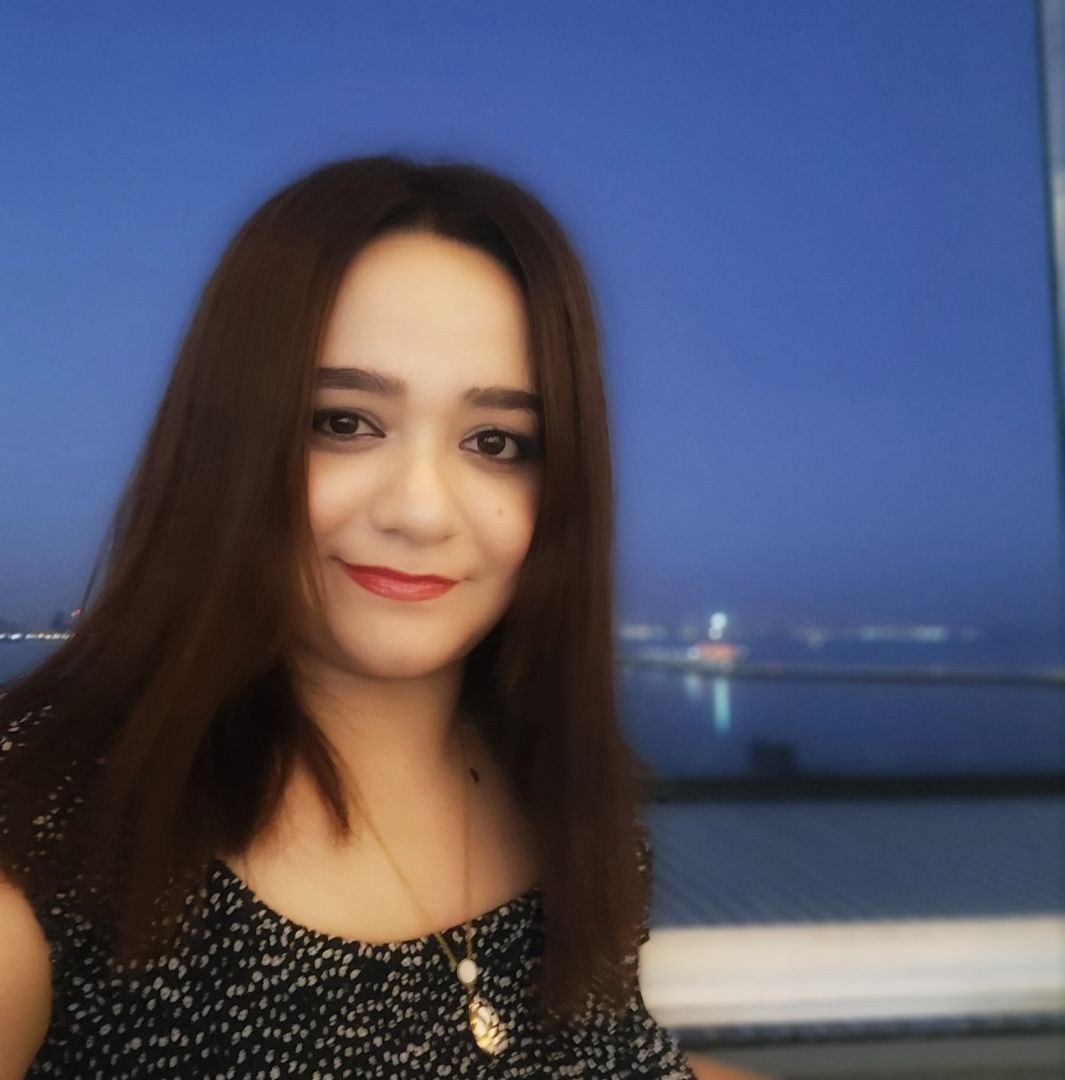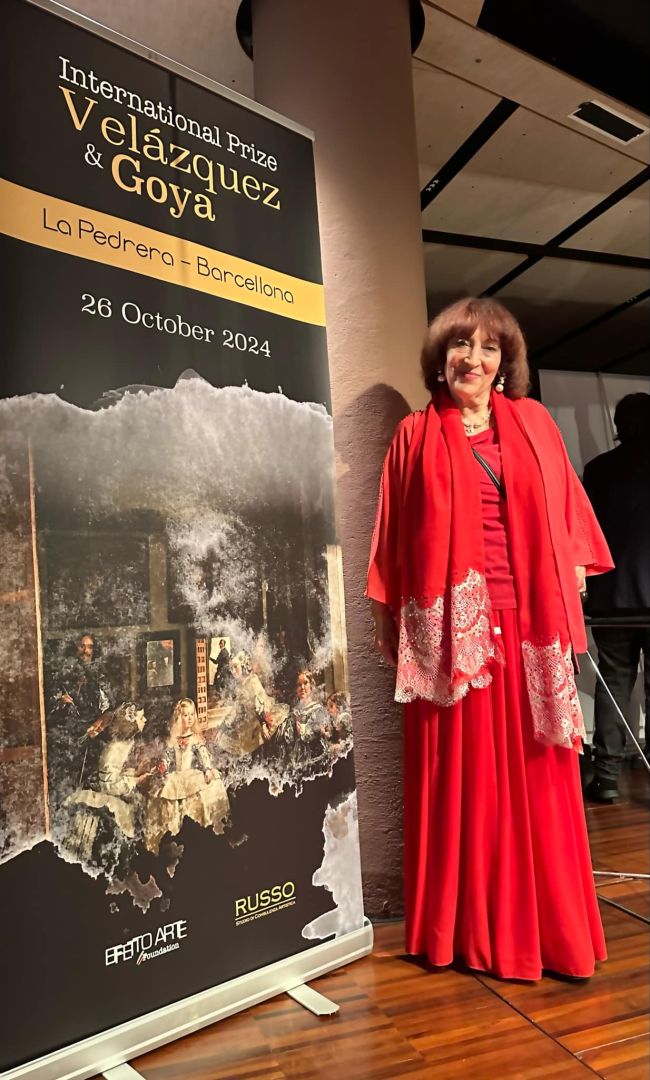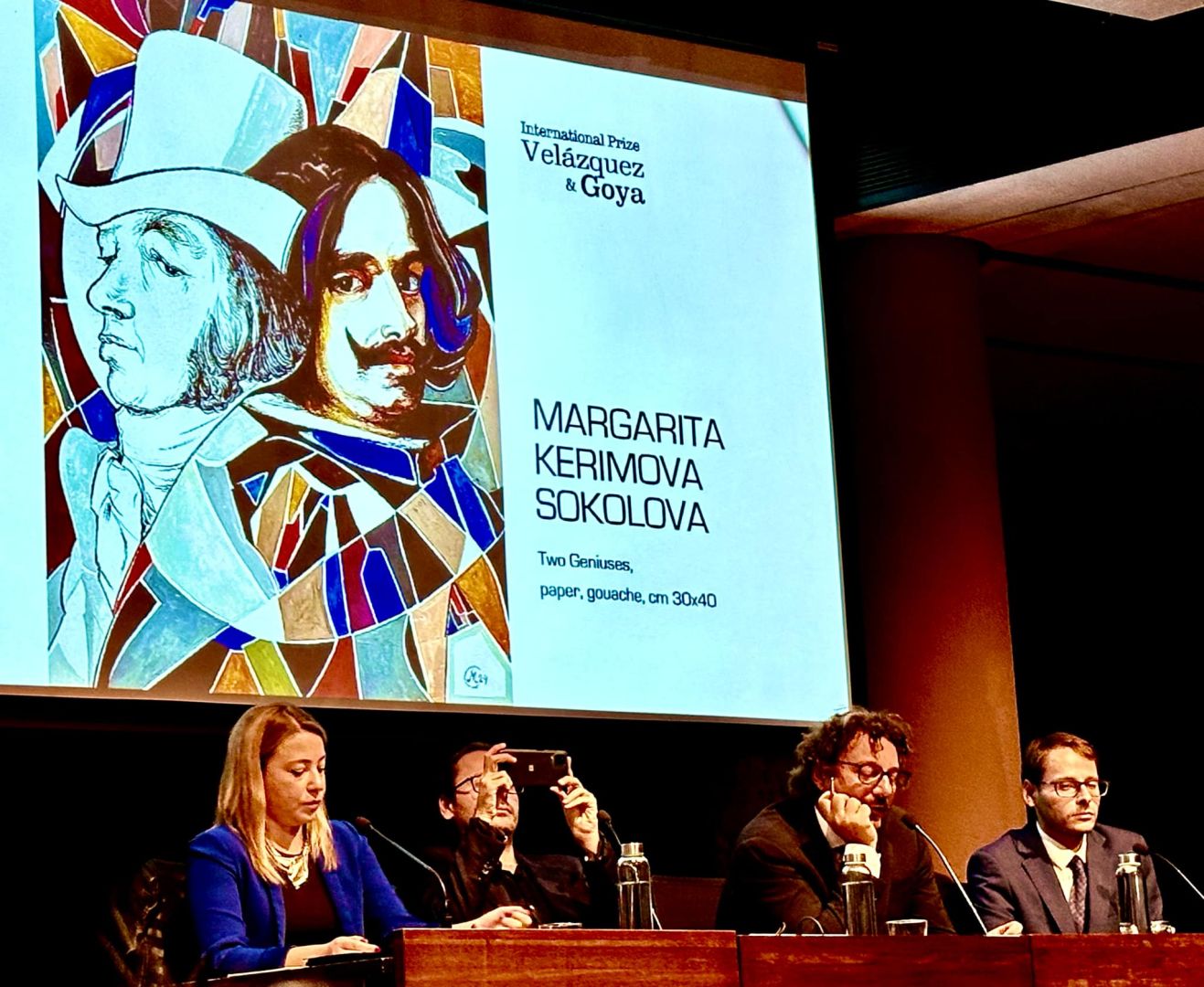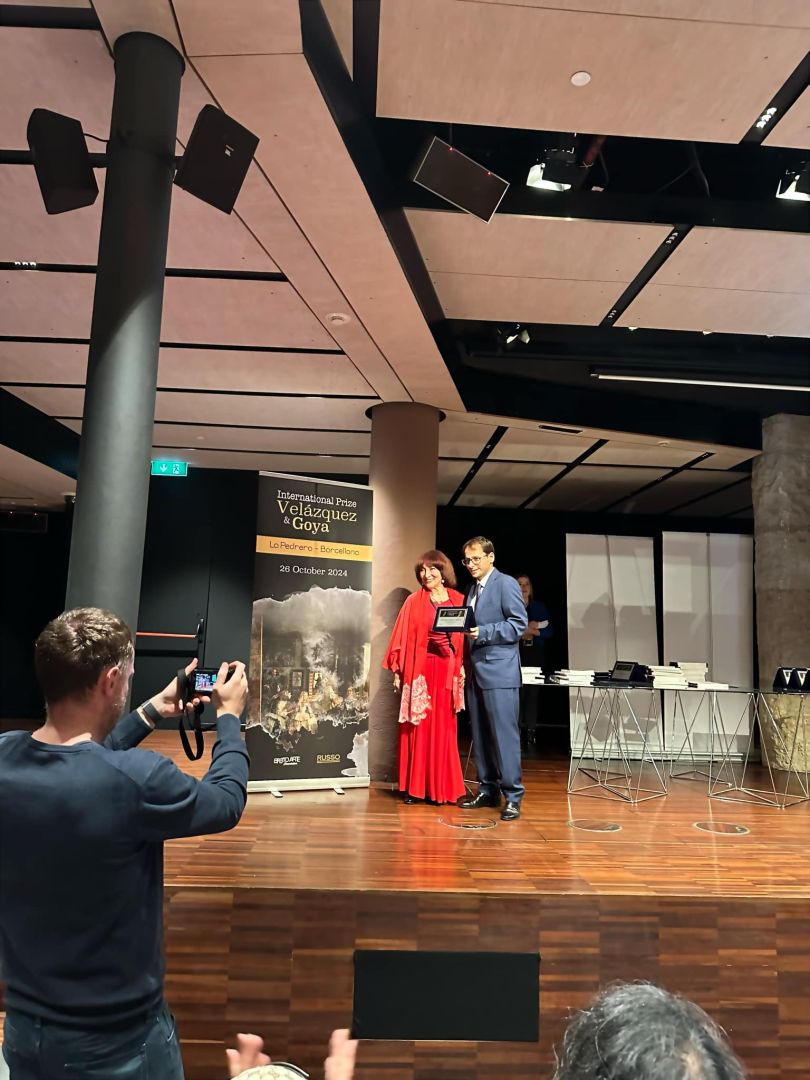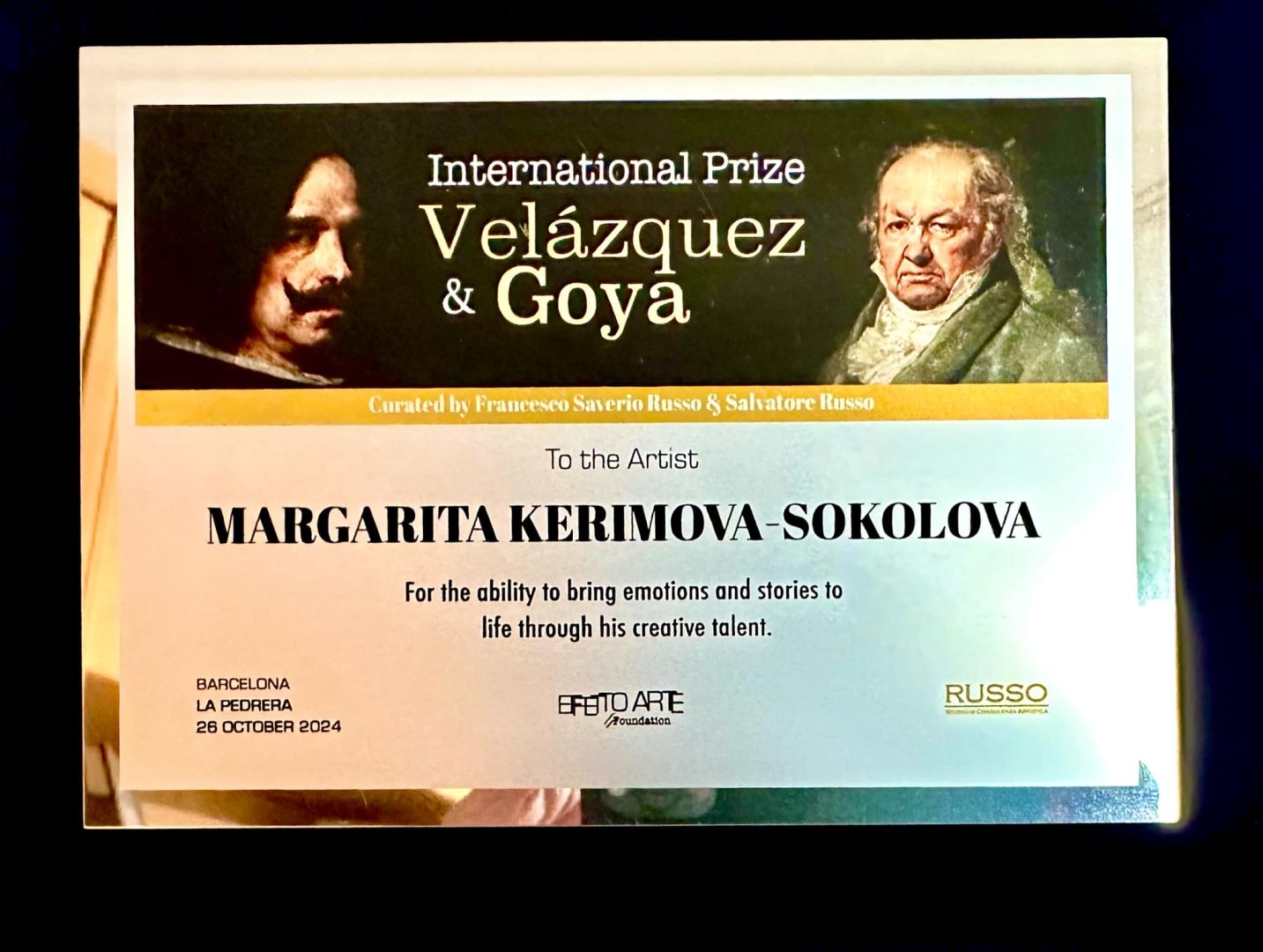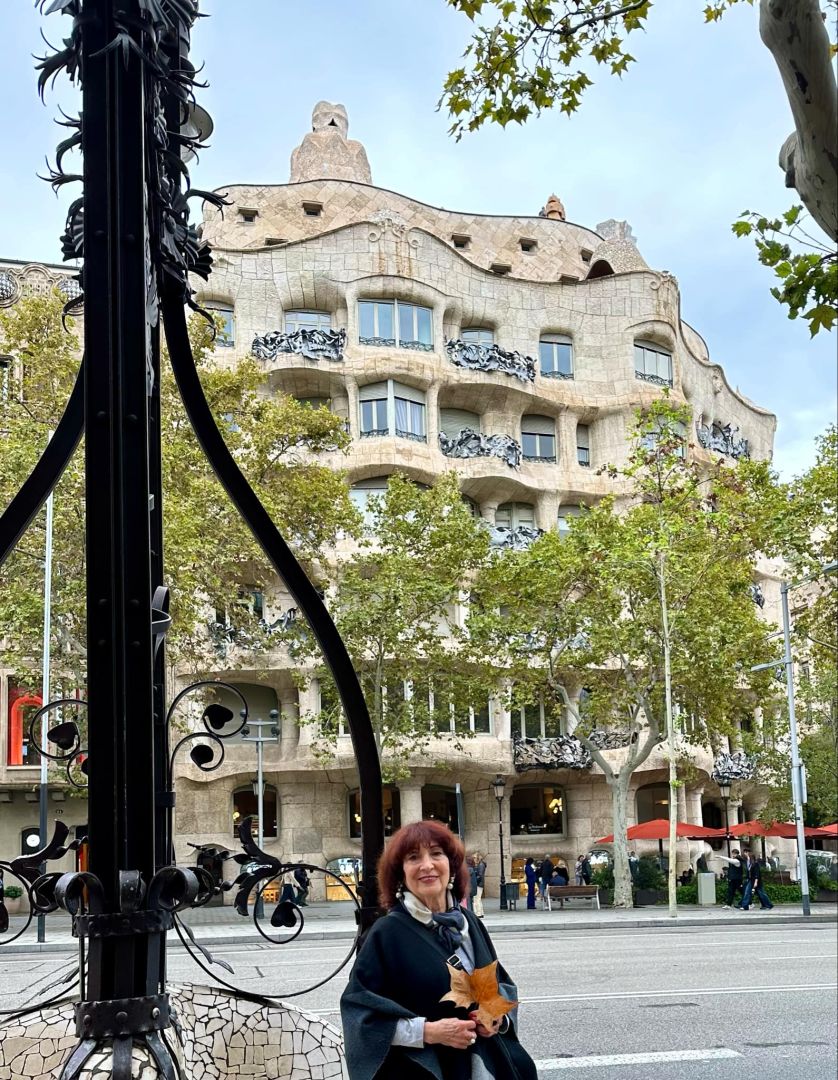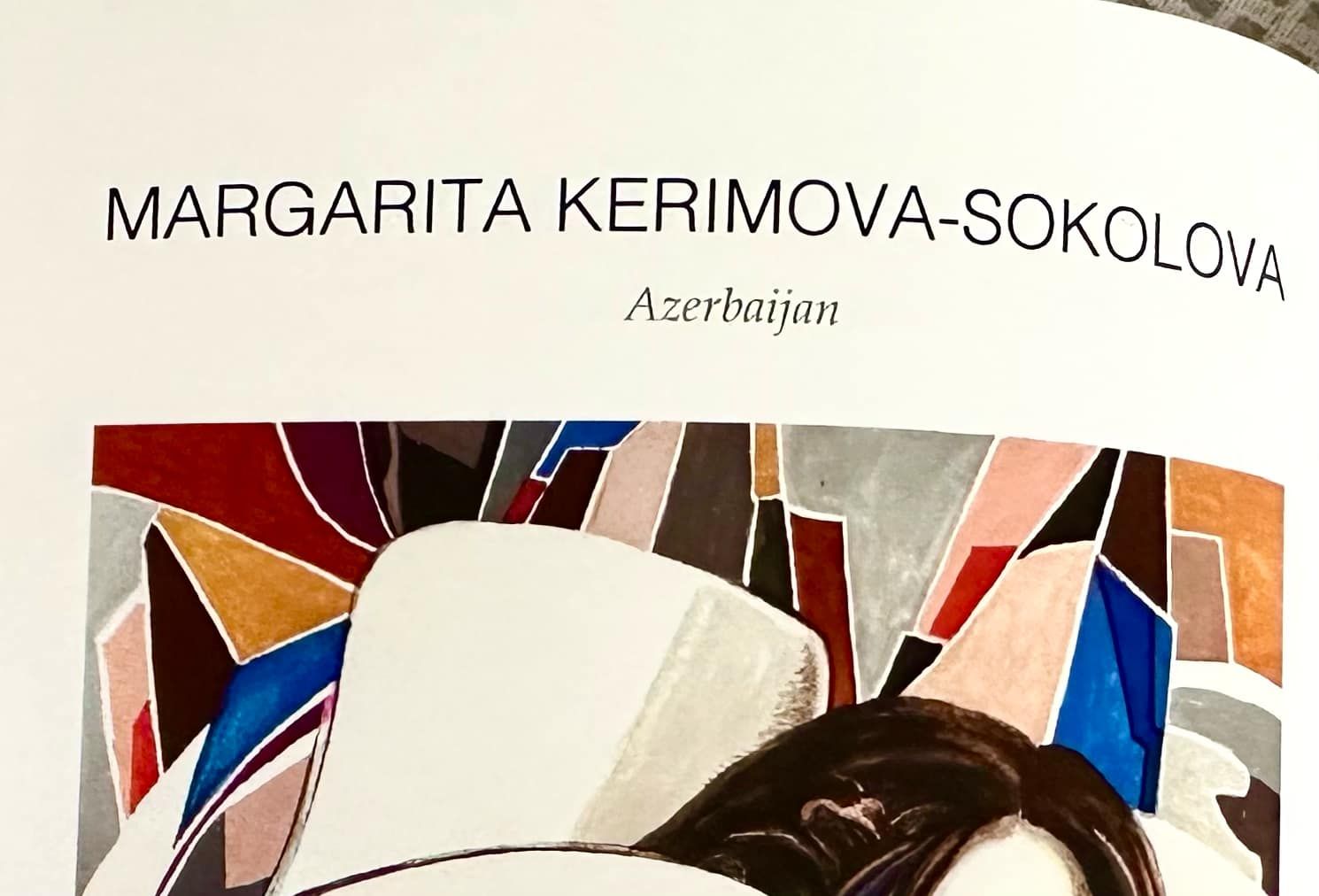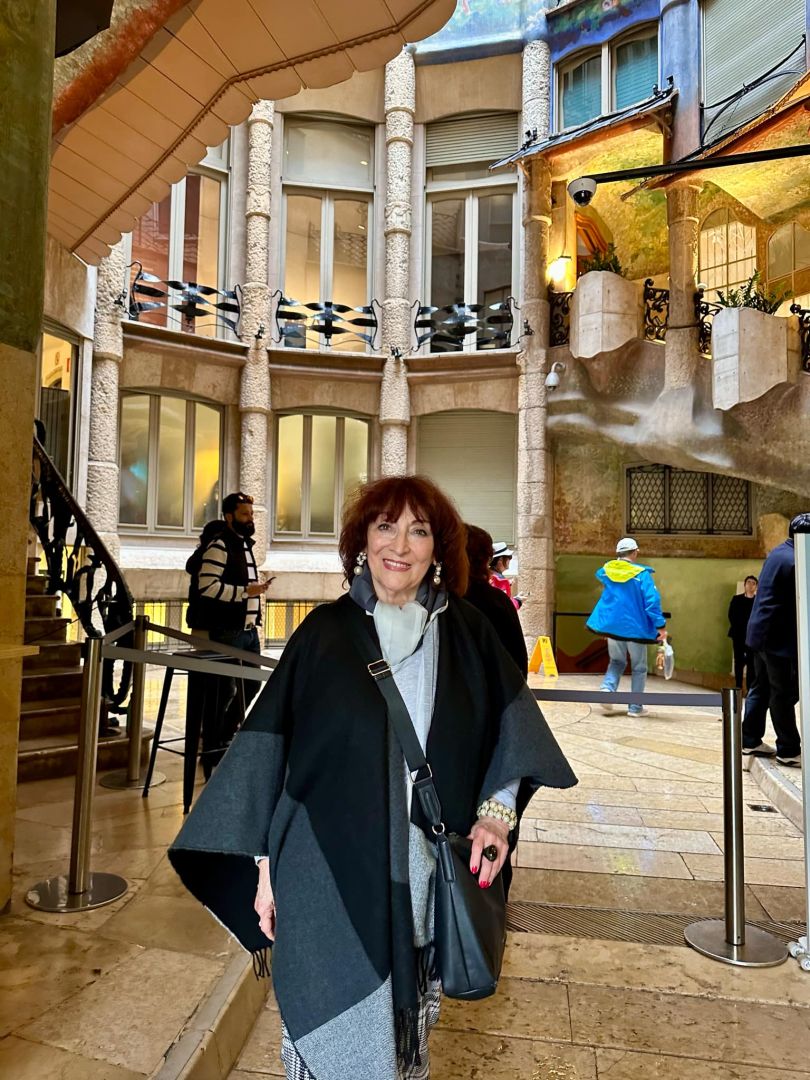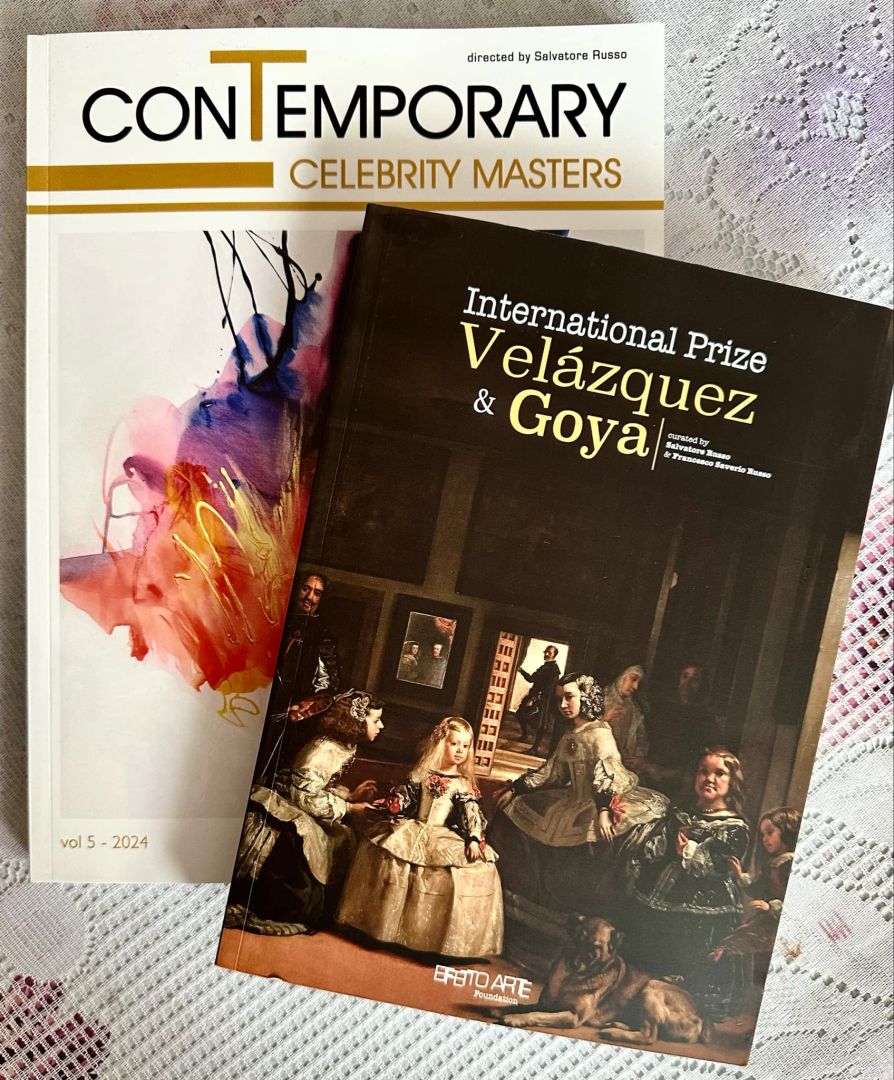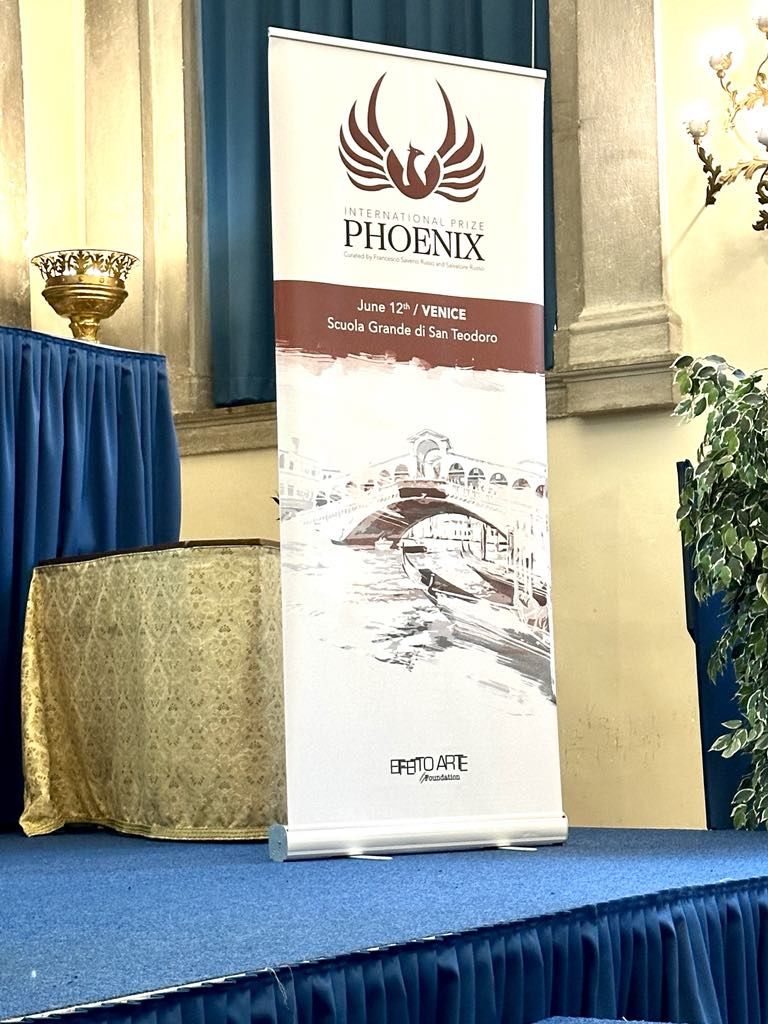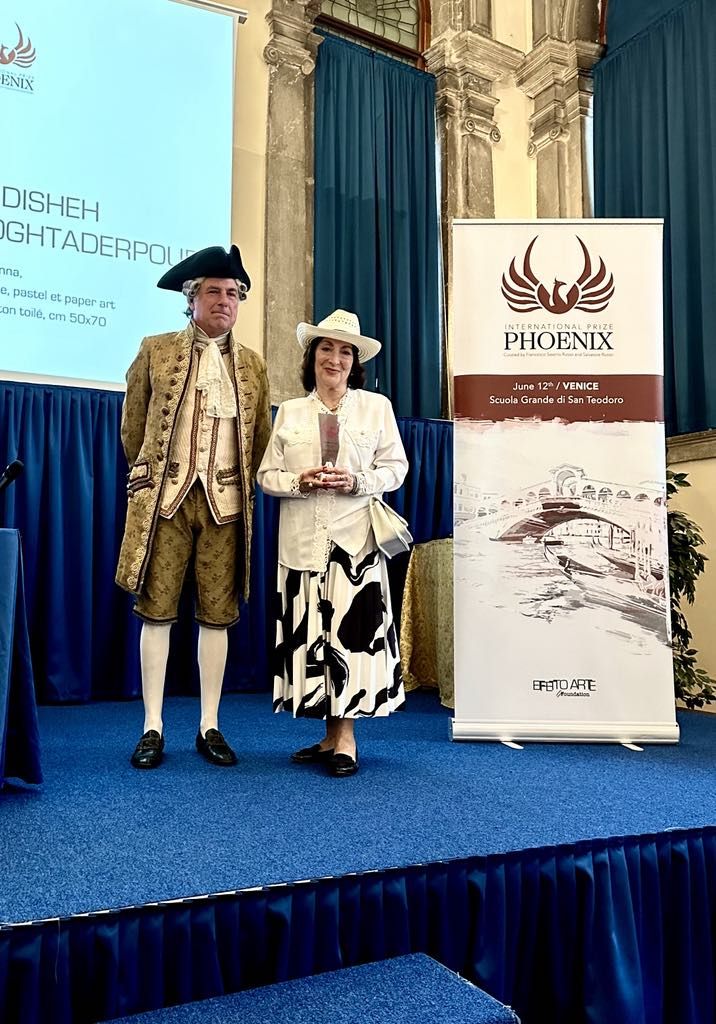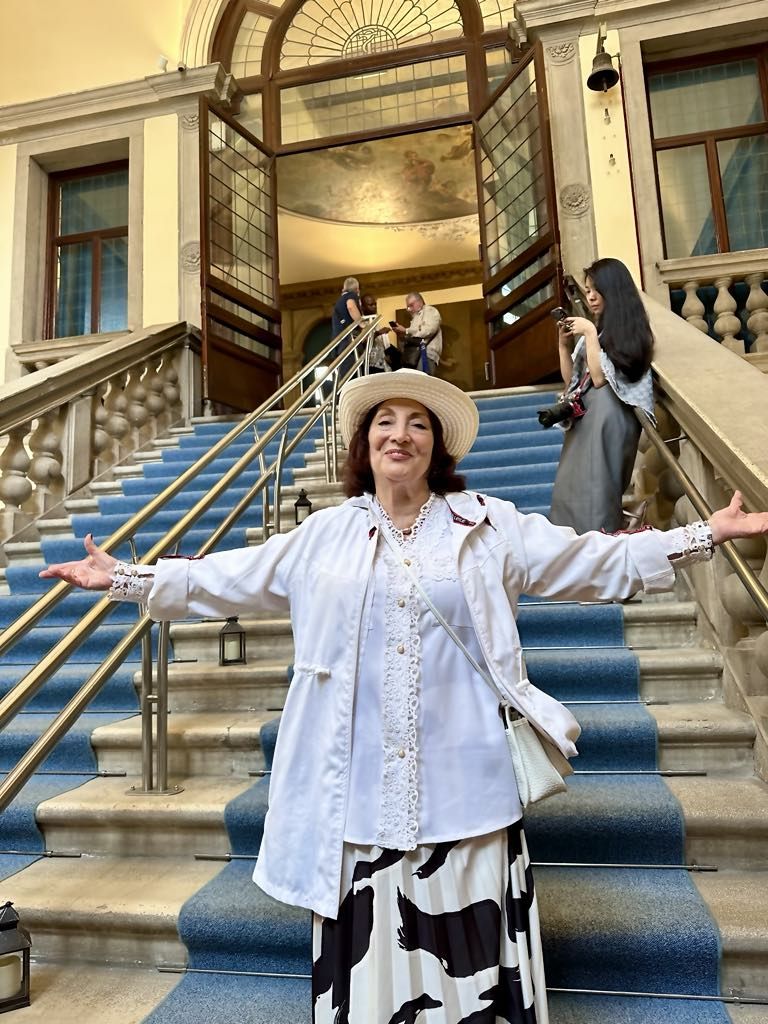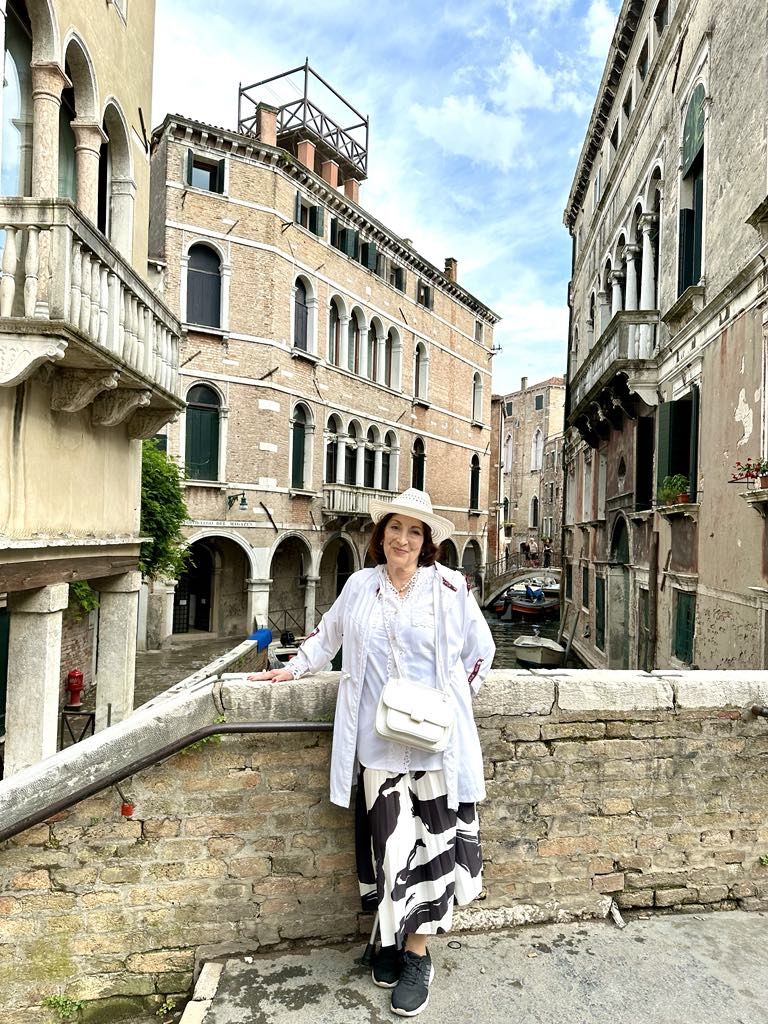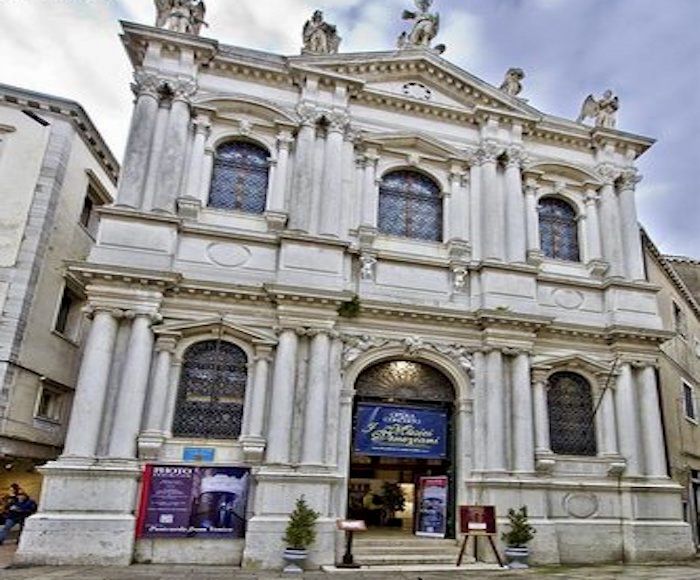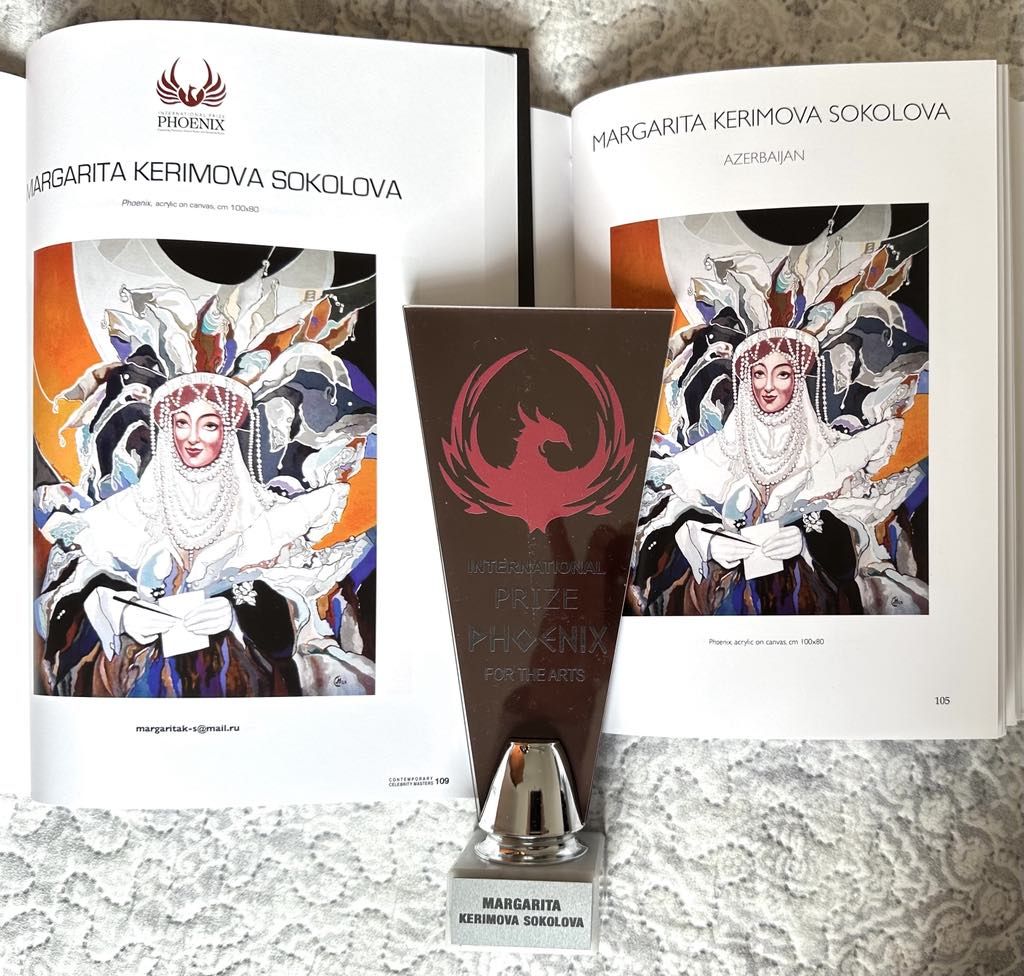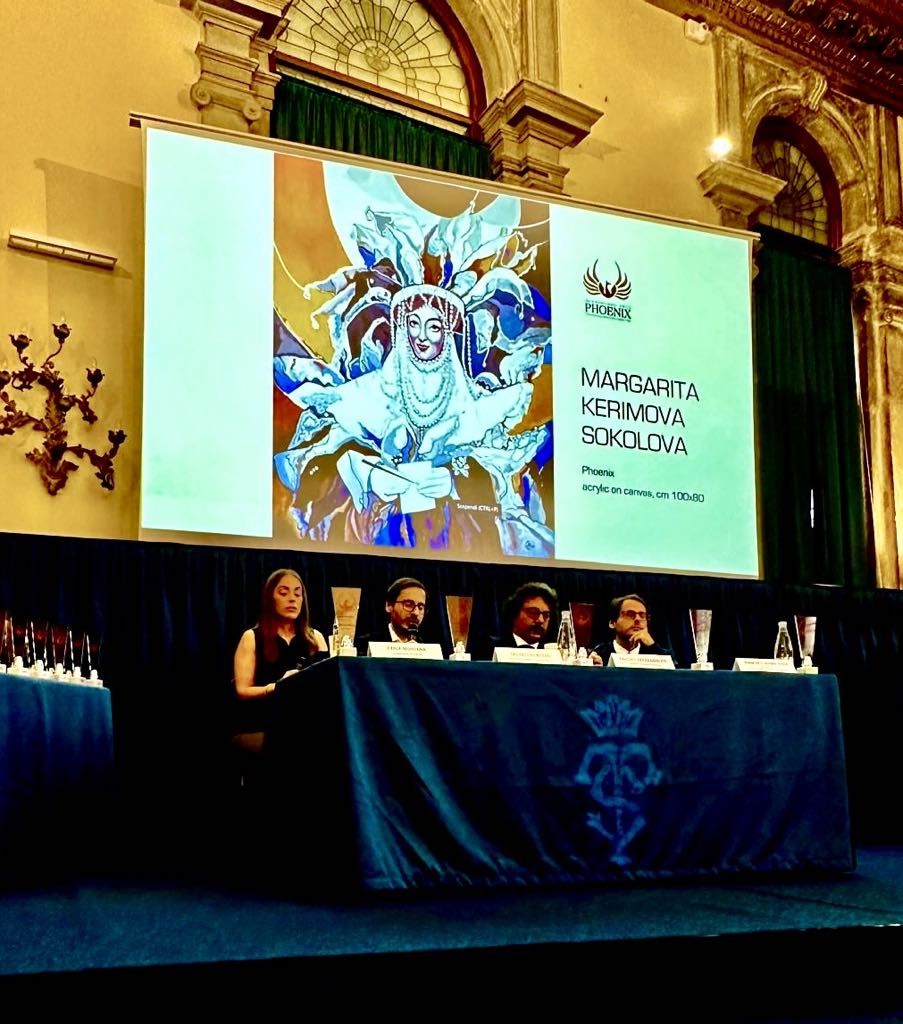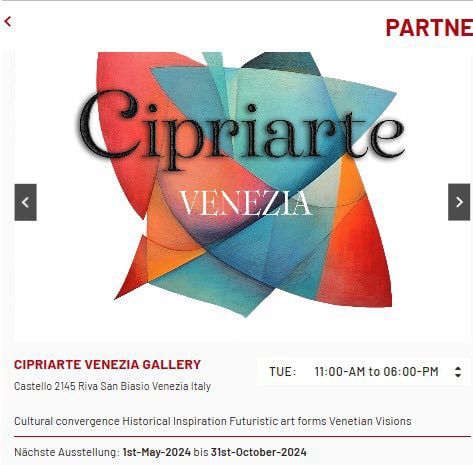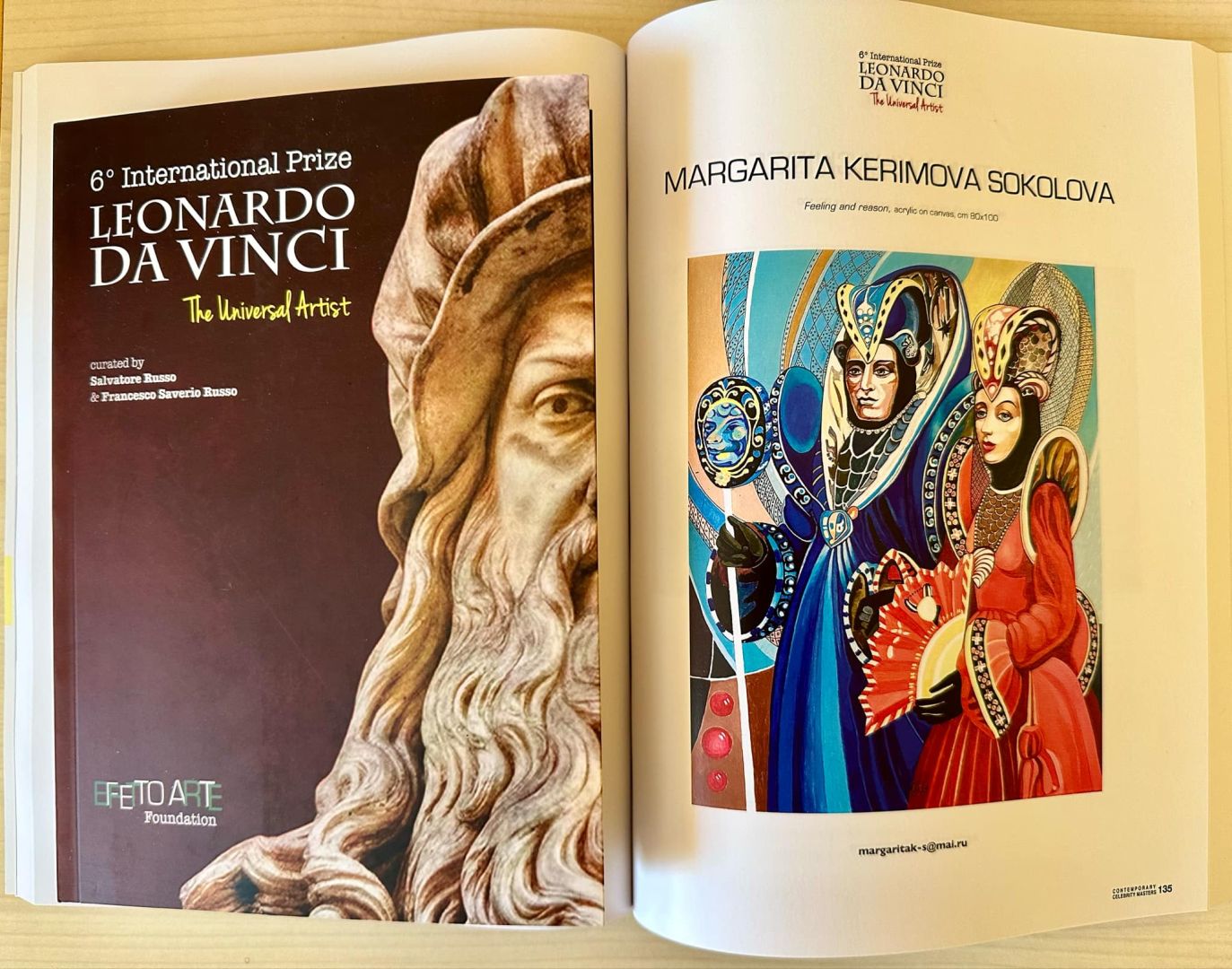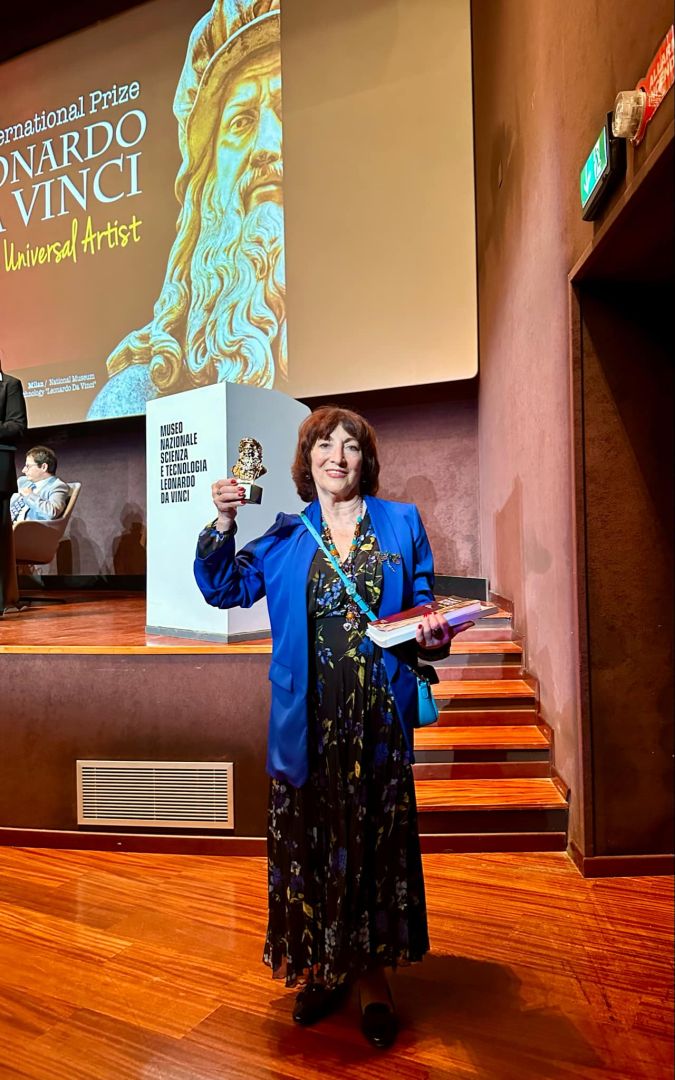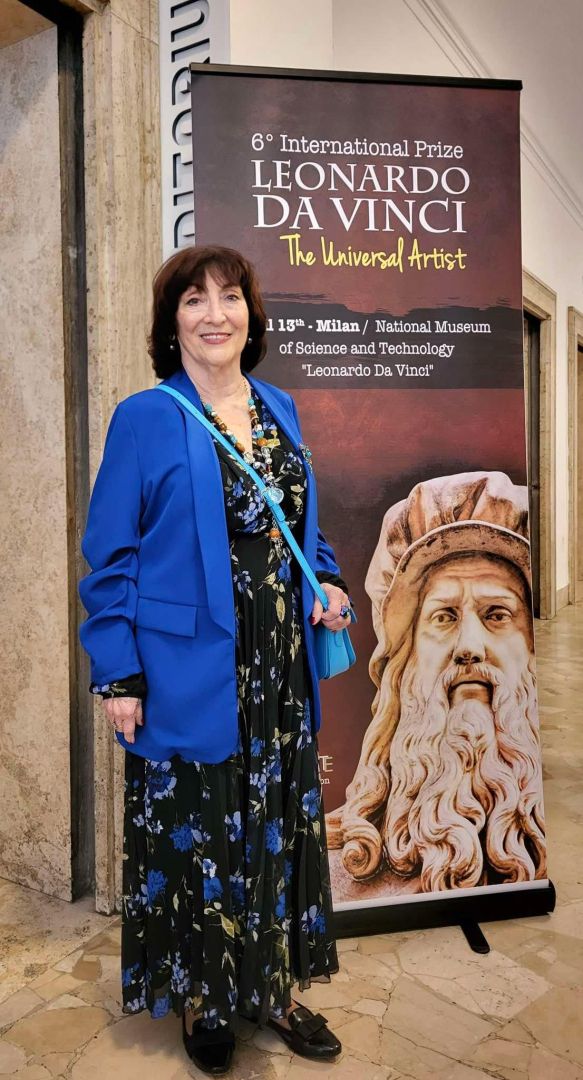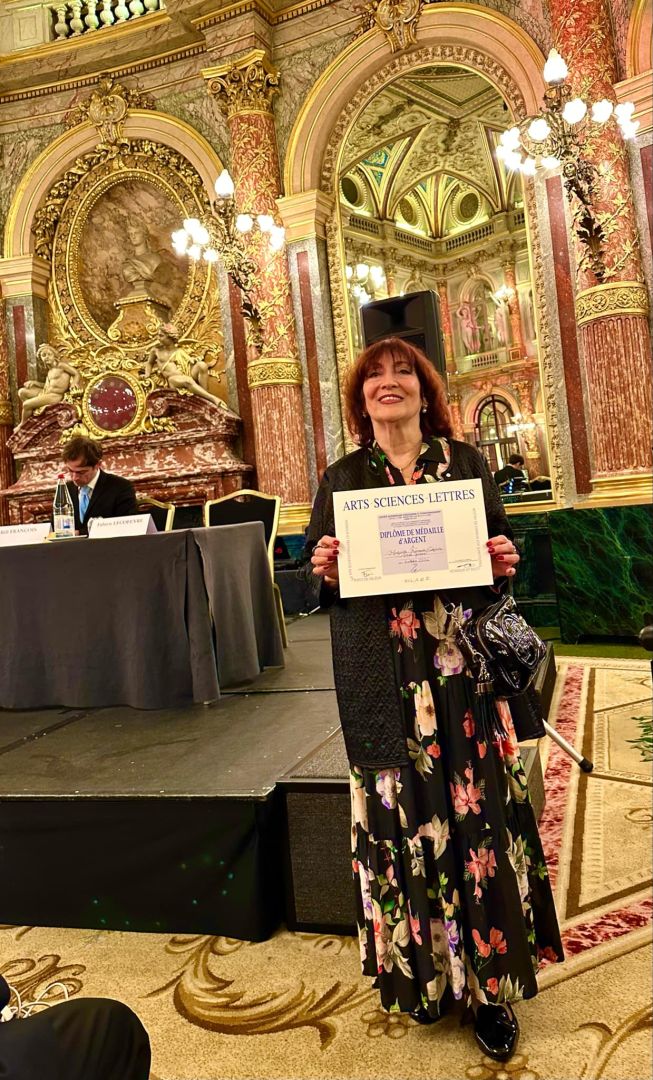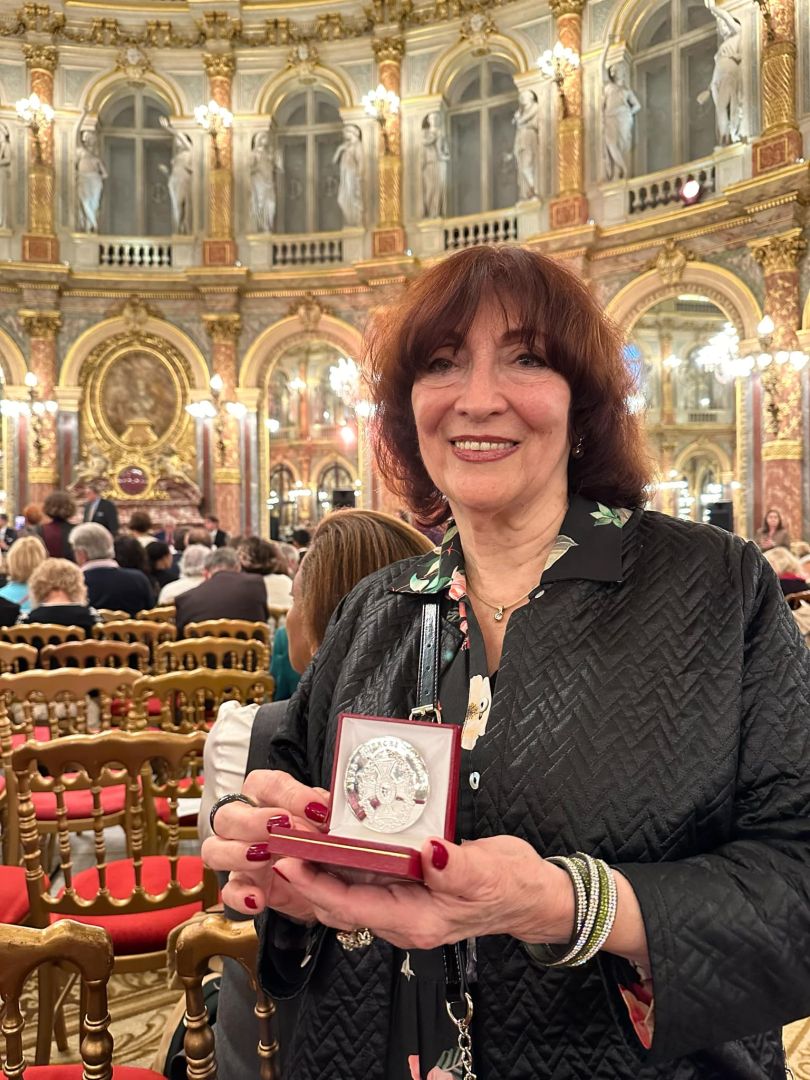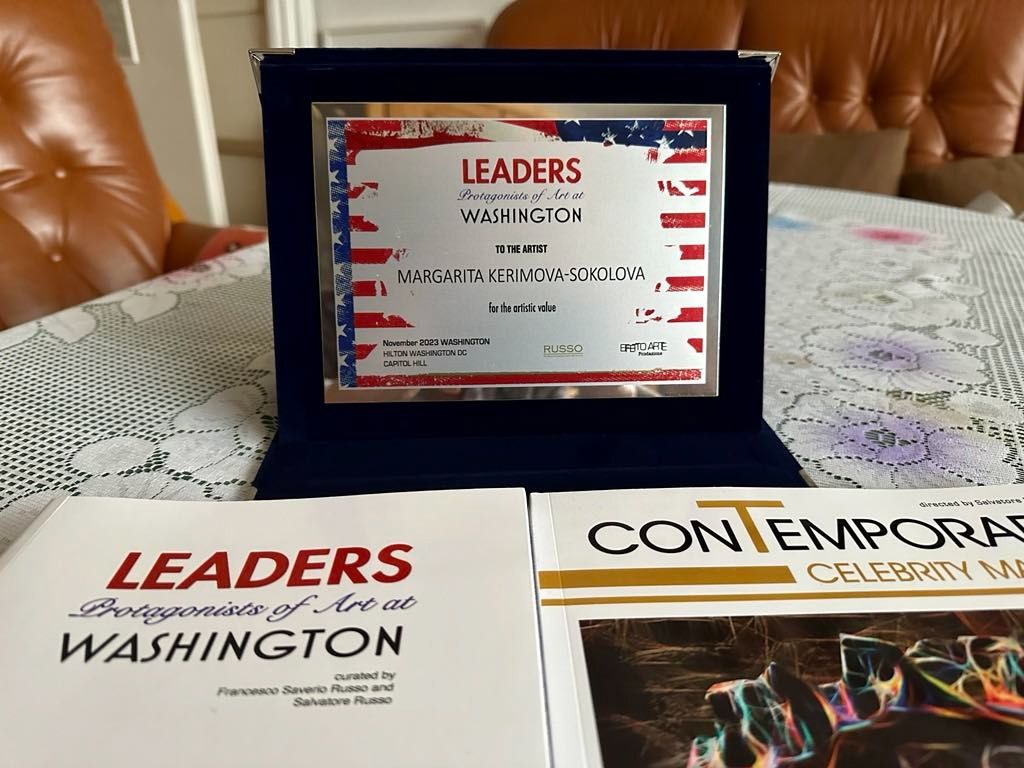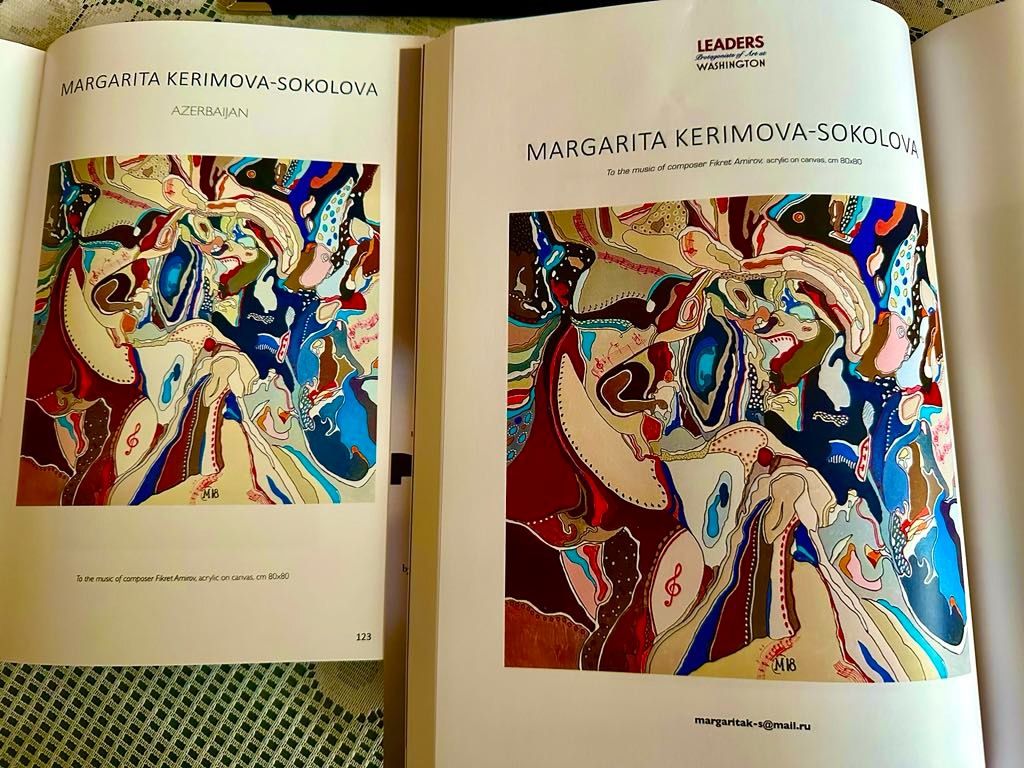Alchemy of inspiration: Fascinating journey through modern art with acclaimed artist [EXCLUSIVE]
![Alchemy of inspiration: Fascinating journey through modern art with acclaimed artist [EXCLUSIVE]](https://www.azernews.az/media/2024/11/04/yitsbuexljw_1.jpg)
Margarita Kerimova-Sokolova is an acclaimed artist, known for her vibrant art pieces.
Her art often explores identity, memory, and the connection between tradition and modernity.
In a conversation with AZERNEWS, Margarita Kerimova-Sokolova touched upon the intricate relationship between inspiration and creation in her artistic journey.
She explores the dynamic nature of artistic expression, emphasizing how personal experiences and the fluid landscape of contemporary art shape her work.
Q: What inspires you to create new works? Are there any specific themes or emotions that you strive to convey through your art?
A: Inspiration is understood differently by the viewer and the artist. I am an artist in every sense. The longer I live, the more experience I gain and discover the diversity of artistic directions and styles.
Contemporary art never ceases to amaze with its scale and variety. For an artist, inspiration is a dynamic work process that requires constant tuning and readiness for experiments. It is always ready and tuned, like a tool, constantly receptive to something new, giving birth to numerous ideas on how to implement them. An artist never knows where the creative process will take them. The moment when you are fully immersed in your work can be called inspiration. In such moments, something inexplicable happens. It is not just about creating art, but a true alchemy of ideas, emotions, and form.
Q: Which exhibitions or projects that you participated in were particularly significant for you?
A: I was awarded the Phoenix award for my painting titled "Phoenix," which was included in the catalog of Contemporary Celebrity Masters. The awards ceremony took place at Skuola Grande Di San Teodoro in Venice, coinciding with the 60th Venice Biennale. Some exhibitions held in the galleries of Venice at that time, including ours, became part of this event. This time, I had the honor of participating in the 60th Biennale through the Swiss platform "ARTBOXY," which presented my works at the "Kipriarte" gallery, located within the main area of the Biennale—Giardini. Artists from dozens of countries showcased their works in 87 national pavilions and galleries. The Venice Biennale is the oldest and most influential festival of art and culture in the world, and it is quite an honor to be a participant. In 2021, at the age of 23, I was twice awarded the prestigious international Leonardo da Vinci Art Award, and for the third time, in 2024, I became a laureate of the Special Edition Gold Award in Milan. I have lived in Germany for about 30 years, but whenever I receive awards and honors, I represent my homeland—Azerbaijan—as a sign of love and gratitude. I received the Golden Leonardo for my work "Feeling and Reason," which was included in the international catalog and book "Famous Masters of Contemporary Art." I have also received prestigious awards such as Michelangelo, Donatello, Caravaggio, and Botticelli. After receiving the "Donatello—Great Master" award, I attained the status of "CELEBRITY MASTERS CONTEMPORARY ART."
Q: Not long ago, you were awarded the Arts-Sciences-Lettres medal in Paris. Could you tell us more about this honor?
A: In 2023, I was nominated for this award for my achievements in the field of art. Earlier, I participated in a UNESCO exhibition that took place during the COVID pandemic, for which I received a First-Class Diploma. I made an impression and later continued to work on projects with UNESCO. Recently, I received the status of a member of the Cultural Diplomacy Society from UNESCO. The Arts-Sciences-Lettres award, established by the French Academic Society in 1915, is second in significance only to the Legion of Honor.
On October 6, 2024, I was honored with this prestigious award for my contributions and achievements in the realm of global art. I was presented with an honorary diploma and a large silver medal. It is worth noting that the ASL award is given to outstanding figures in science, art, and literature, including Nobel laureates, academicians, religious leaders, queens, physicians, publishers, directors of journals and theaters, professors, philanthropists, writers, sculptors, artists, singers, and musicians from around the world. Over the years, distinguished recipients have included such notable individuals as Maurice Druon, Jacques-Yves Cousteau, André Maurois, Frédéric and Irène Joliot-Curie, Henri Troyat, Olivier Messiaen, and many others.
Q: Are there any artists or movements that have had a significant influence on you? What kind of influence was it?
A: Certainly, I keep track of what’s happening in the world of art and I always discover something new. After my studies, when I returned to Baku, I actively engaged in the artistic life of the city, which was very vibrant and diverse. This greatly contributed to the formation and development of my creative path. Significant figures in my development as an artist included our great masters such as Torgul Narimanbayov, Elmira Huseynova, Tahir Salahov, Sattar Bahlulzade, and others. At that time, the creative environment in Baku was very powerful and rich- in both music and literature. From the older generation of artists, there was much to learn and draw inspiration from. The younger artists were exploring new paths and forms, which also had a substantial impact on me. My contemporaries—Sanan Kurbanov, Kamal Akhmedov, Ujal Akhverdiyev, and others-formed my creative circle. We all worked at the Artists' House and actively interacted with one another. The creative life was vibrant! Musicians, poets, and scholars often visited us, which contributed to the creation of a unique creative atmosphere. To this day, my list of artists and figures in the arts that interest me is large and continues to grow.
The artistic environment in Baku during the 70s and 80s was quite interesting, although it was the Soviet Union and contemporary art struggled to make its way to us. However, classical Russian and Western art was well-known to us, particularly the period of the Wanderers (Peredvizhniki).
Over time, new channels began to open through which we received books, catalogs, and brochures, allowing us to study various movements in contemporary art. When I first traveled to Germany in 1988, as part of the Union of Artists of the USSR and at the invitation of the patron and collector of contemporary art, Peter Ludwig, I was introduced to completely new horizons. At that time, Ludwig had built his grand museum of contemporary art in Cologne, and I was present for its historic opening. The exhibition and the caliber of the invited guests left an incredible impression on me. Interestingly, he also acquired a collection of Russian avant-garde art, which had not been widely known prior to that. This unveiling of contemporary art became a significant impetus for me, and it took time for me to process everything, as it was truly powerful and expressive art. We were only beginning to recognize it. Names such as Joseph Beuys, Andy Warhol, Marina Abramović, Bill Viola, Alberto Giacometti, Salvador Dalí, Anselm Kiefer, and Takashi Murakami emerged, and there were many more. It would be too many to list them all. Picasso was certainly known to us and remains at the forefront of contemporary art.
Q: What themes do you explore in your works?
A: Among the recurring themes I return to are "Carnival," "Love or Two," "The Formula of the Flower," and "Eve." One way or another, these often appear in my art. There is also a theme related to seashells; I have a series of paintings titled "Shells as Cosmos." An artist is someone who can see something unique and profound in every object. A few years ago, I began painting a series of works centered around the theme of "Reflections," which interested me greatly. I started creating ten paintings one after another. As I neared the completion of this series, I realized that they clearly embody music. This gave rise to another new theme and series of paintings titled "The Birth of Music." Now, the theme of music frequently finds expression in my work.
It is worth noting that among my pieces are paintings dedicated to outstanding composers such as Jevded Hajiyev, Fikrat Amirov, Gara Garayev, Chopin, Mozart, Mahler, and other great composers. Another theme that interests me, which emerged during the COVID period, is "The Time of the Crown" and "Non-Object Reality." After visiting the exhibition "Caravaggio-Bernini-Baroque in Rome" in Amsterdam, I developed a series titled "Dreams of Caravaggio," where I applied a combination of figurative and abstract styles. Through my paintings on the theme of music, I have participated in various projects and exclusive events dedicated to Kara Karayev and Fikret Amirov in Cologne, Germany, and to Jevded Hajiyev in the "Florida Keys" Music Competition in America. Thus, music and the aesthetics surrounding us become an important part of my artistic expression.
Q: What are your plans for the future? Are there any projects or ideas you would like to implement in the near future?
A: Yes, of course, I have projects that I would like to realize in the near future. I have several creative themes that I started quite some time ago and to which I periodically return, as well as new ideas that emerge. Additionally, I collaborate with associations in Italy and Germany that regularly initiate various projects. I participate in their competitions and events 5 to 10 times a year, and each time, there is a specific theme that allows me to express my creativity. On October 26, there was a gala awards ceremony for the laureates in Barcelona. I prepared for this event with particularly high anticipation. The theme of this competition was "Velázquez and Goya," and by creating a painting on this theme, I became a laureate of the contest. It was wonderful. The ceremony took place at La Pedrera-Casa Mila, a building of unique beauty by the great Antoni Gaudí.
As for the creative themes to which I occasionally return, one of them is the Venetian Carnival. Having attended it once, I was deeply impressed. It is an extraordinary spectacle. To the soft sounds of medieval music, the figures of Commedia dell'Arte slowly parade by. Casanova, Harlequins, Senorinas, Cavaliers, and characters from the great Federico Fellini come alive. They are extraordinarily beautiful and seem unrealistically tall in their platform heels. The eternal Venice serves as their backdrop! The Venetian Carnival captivates with its mysteriousness, unique costumes, and rich traditions. The Cologne Carnival is entirely different—joyful, noisy, playful, sarcastic, and also steeped in ancient traditions. There is much to admire there! I have also created a considerable graphic series on the Cologne Carnival. In the future, I would like to continue developing these themes, creating new works, and participating in exhibitions that allow me to share my vision with a broader audience. I hope that my projects will stimulate creative interaction and inspiration for both myself and the viewers.
Here we are to serve you with news right now. It does not cost much, but worth your attention.
Choose to support open, independent, quality journalism and subscribe on a monthly basis.
By subscribing to our online newspaper, you can have full digital access to all news, analysis, and much more.
You can also follow AzerNEWS on Twitter @AzerNewsAz or Facebook @AzerNewsNewspaper
Thank you!

